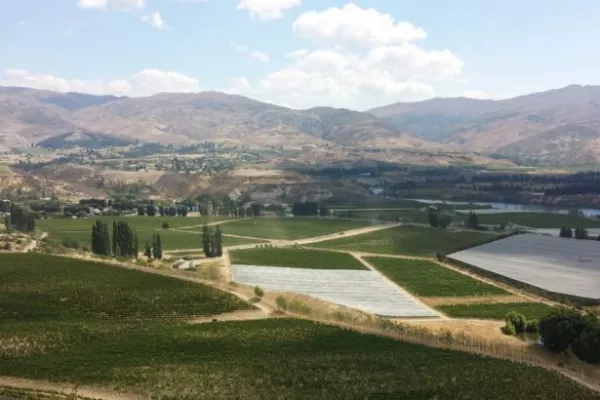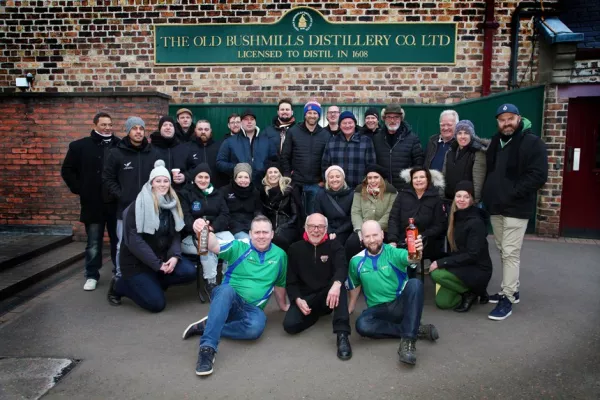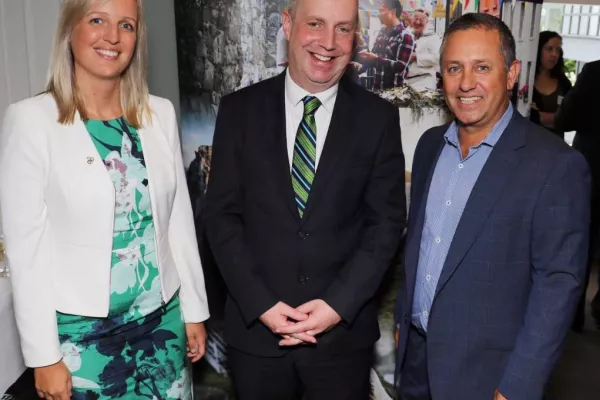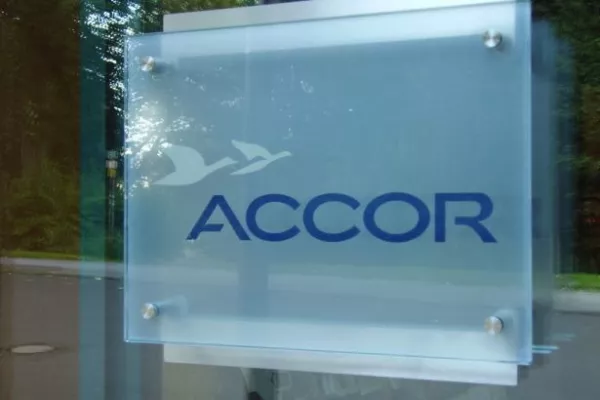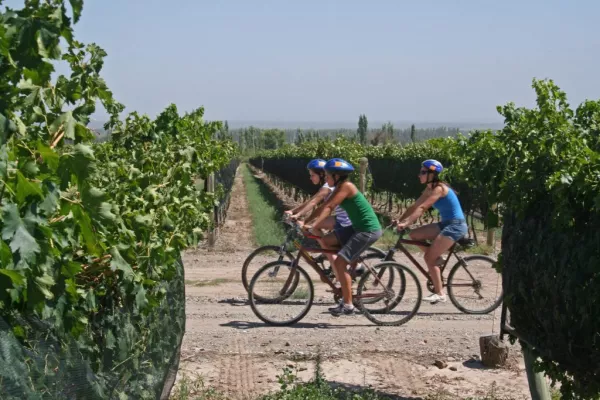Whip-cracking acidity, tongue-tingling, citrusy-herby flavours, and pungent aromas give New Zealand sauvignon blancs a punchy, kick-boxing appeal.
Immediately recognizable, reliable, predictable, and cheap, they’re tartly crisp wines you either love or hate, with grassy aromas some have likened to cat pee—not, I admit, the most appealing description. One critic suggested that if you dislike New Zealand sauvignon blanc, it might be because you had to mow the lawn when you were a kid.
But adventurous New Zealand winemakers are now lifting the category to a new dimension of quality, creating more serious (and more expensive) examples in a variety of styles. If you’re not a fan of the country’s sauvignon blancs, these are the wines to try. (See below.) And if you love that in-your-face zing, don’t worry, these brilliant, alternative styles are still the ultimate anti-chardonnay. They’re just richer, with layers of flavoir and the ability to age.
Is this necessary?
You might ask, why are winemakers bothering?
After all, New Zealand sauvignon blanc has been one of the wine world’s truly stunning success stories. Grapes from the Marlborough region, which hugs the northeast corner of the South Island, were turned into an in-your-face style of wine that felt utterly different from French counterparts Sancerre, Pouilly-Fumé, and white Bordeaux.
In 2016, exports of the country’s wines to the US were up 24 percent, yet another year of double-digit growth, according to the New Zealand Winegrowers Annual Report. We’re gulping those wines down as fast as they can ship them.
And luckily, though an earthquake last November wrecked enough wine to fill about five million bottles, 2016 was a record year.
Inevitably, there’s been a downside to success, as big corporations rushed to cash in and flooded the market with an ocean of $10 big-batch “sauvignon-plonk.” Too many are dull, formulaic, chirpy whites that are often indistinguishable from one another.
The new wave wines aim for greatness.
The regions to know now
Marlborough, known for its cool, acid-enhancing maritime climate and long sunny growing season with no heat waves, remains the grape’s epicenter. When I surveyed the vineyards from a helicopter a few years ago, green vines seemed to cover every square inch. The top vintners started focusing on sub-regions. Awatare Valley, for example, produces dramatic wines with earthy, savoury, mineral notes, while the Wairau Valley cuvées are more about grapefruity, passion fruit flavours.
The brand Craggy Range looked to the cooler Martinborough region (known for pinot noir) just across Cook Strait from Marlborough, where wines are more structured and subtle. Others ventured to warmer Hawkes Bay and Waiheke Island to create sauvignon blanc-semillon blends like those in Bordeaux.
The arrival of vintners from all over the world, such as Henri Bourgeois, who makes great Sancerre and Pouilly Fumé, helped drive change. Many of the luxe versions, such as Dog Point Section 94, go for some amount of oak aging instead of the typical stainless steel, giving wines more texture and fullness and layers of flavor. Giesen is making eight cuvées, several from single vineyards.
Sadly, many top wines are still in experimental mode and hard to find outside New Zealand. That’s reason enough to visit. As I zoomed from vineyard to vineyard on a motorcycle the first time I traveled to Waiheke Island, I started fantasizing about moving there. Today, wine tourism is booming as wineries add restaurants and experiences. Cloudy Bay now offers custom sailing trips on the Marlborough Sounds, with plenty of posh sauvignon blanc on board (starting at $2,000).
Trading up is a global phenomenon, but will people pay $25 and more when they’ve been buying bottles for $10? I hope so. The higher-priced wines are a steal. If the cheapies are for knocking back at the end of the day, the more expensive ones, with greater concentration, are for serving in a glass, with food, on a yacht.
Ten to try2014 Clos Henri Sauvignon Blanc Marlborough ($25): Sancerre producer Henri Bourgeois makes this super-delicious white that combines concentrated citrus, nectarine, and herb notes with earthy, stony, chalky ones.
2015 Craggy Range Te Muna Road Vineyard Martinborough ($25): A wine that has always gone better with food than drunk on its own, this wine from plots of vines growing on limestone soil is very stony and mineral, with a chalky texture.
2014 Greywacke “Wild Sauvignon” Sauvignon Blanc ($25): The former winemaker at Cloudy Bay, Kevin Judd, started this winery in 2009. The name comes from the gray bedrock of sandstone and mudstone in the vineyards. This multi-layered bottling, more French in style, has smoky tropical fruit flavors.
2012 Pegasus Bay Sauvignon Semillon Waipara Valley ($25): This is one of the best of New Zealand’s few Sauvignon/Semillon blends and resembles serious white Bordeaux. Sophisticated and intense, it’s a wine to match with food.
2013 Dog Point Vineyard Section 94 Marlborough ($30): The winery’s seductive flagship sauvignon, which has a cult following, comes from one vineyard block and is fermented and aged in barrel. It’s powerful and richly textured, and it ages brilliantly, as I learned when I tasted vintages going back to 2004.
2012 Man O’War Gravestone Sauvignon Blanc/Semillon Waiheke Island ($30):Waiheke island, a 45-minute ferry ride from Auckland, is noted for cabernet, but this smoky, round, multidimensional wine shows how good the area is for whites, too. The name Gravestone comes from the basalt boulders surrounding the vineyards.
2012 Giesen the August 1888 Sauvignon Blanc Marlborough ($30): Flinty aromas and rich grapefruit and dried herbs mark the flavor of this powerful, complex white, one of eight the winery makes. The first vintage of this one, aged in oak, was 2009.
2013 Astrolabe Taihoa Vineyard Sauvignon Blanc Marlborough ($30 - $35): Just so you know, an astrolabe is an ancient instrument of navigation. Besides citrusy, mildly stony notes and a chalky texture, this wine from a single vineyard in the coastal hills of Kekerengu has depth, stony complexity, and elegance.
2013 Seresin Marama Sauvignon Blanc Marlborough ($45): Very complex and intense, this deep, savory, toasty wine comes from the estate’s oldest vines and is certified organic. Bold and impressive, it’s best with food.
2012 Cloudy Bay Te Koko Sauvignon Blanc Marlborough ($60 - $80): This winery made a global splash in 1985 when its juicy, zesty, herbaceous sauvignon blanc took the world by storm. This is its luxe cuvée. It’s aged and fermented in oak barrels and all about creamy texture and spicy complexity.
News by Bloomberg, edited by Hospitality Ireland
